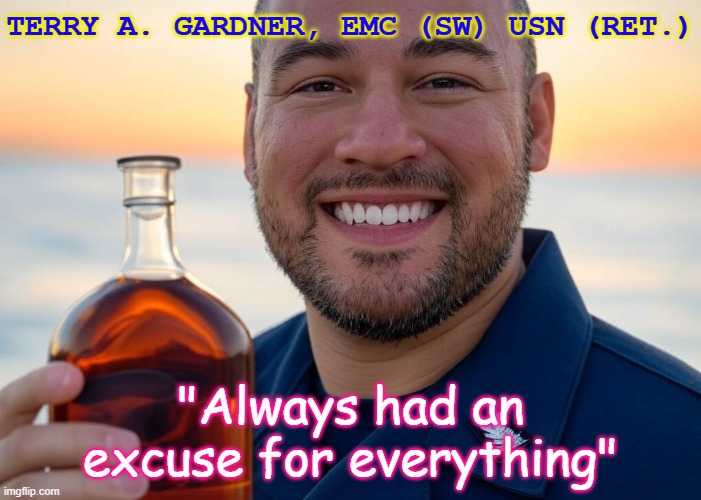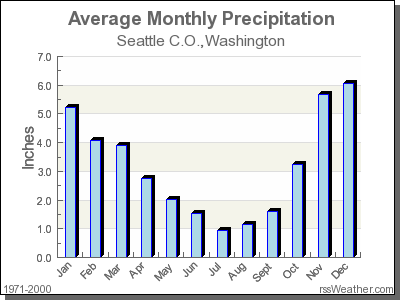Into the Night
Verified User
No. They didn't invite invasion of the United States.So Trump, Obama, George W. Bush, Clinton, George H. Bush, Carter, Ford, Nixon and Johnson all committed treason too?
No. They didn't invite invasion of the United States.So Trump, Obama, George W. Bush, Clinton, George H. Bush, Carter, Ford, Nixon and Johnson all committed treason too?
Why are you whining about your own link, Terry? Didn't you read it before you posted it?A lame diversion on your part, a red herring. Under Biden, as I demonstrated, the illegal population rose by 50 to 100%, possibly more. Even the chart above shows that a million plus new illegals arrived in Biden's first year or so in office. By that chart, it's a 10% increase in just a year or so.
Wow. It shrunk under Obama, shrunk some under COVID and then went back up a million under Biden. Not exactly your 12 Million Mexican Invasion, eh, Terry?
Why are you whining about your own link, Terry? Didn't you read it before you posted it?
Good.Never lived in the Pacific Northwest.
Rain is not fog, Edwina. Redefinition fallacy.Doesn't know early morning fog is counted as 'precipitation',
It doesn't, but it DOES rain a lot. Mostly a light rain with low stratus ceilings.and thinks it rains 250 days a year there or something,
Mantra 1c. Lame.i.e. a clueless idiot who has never left Mommy's basement.
Depends on the mountain range! Are you referring to the Rockies, the Chocolate range, the Siskiyou range, the Sierra-Nevada range, the Cascade range, or the coastal ranges?Winters west of the mountain range are actually pretty mild.
Always with the excuses, eh, Terry? Is that what's on your retirement papers? "Chief Gardner, always had an excuse for everything". LOLI was responding to YOUR post above. You made a red herring by bringing up Obama (it shrunk under Trump too btw) and began to rise precipitously with Biden taking office. The exact number Biden let in is unknown and estimates vary widely from anywhere from 5 to 20 million. The pre-Biden number of 11 to 15 million is widely accepted. That means my statement, as I once again had to prove to the 'goldfish' here, is accurate. Biden let the number of illegals in the US grow by 50 to 100+%.

T. A. Gardner;5373289 said:Actually, as a retired Navy Chief I made a whole career out of insulting people' intelligence first, you braindead piece of buttfuck residue!
T.A. Gardner;5373600 said:
Rain is not fog, Edwina. Redefinition fallacy.
Good luck. Sybil is well known for just posting random gibberish (usually insult, Rule16, or sex related).I was responding to YOUR post above. You made a red herring by bringing up Obama (it shrunk under Trump too btw) and began to rise precipitously with Biden taking office. The exact number Biden let in is unknown and estimates vary widely from anywhere from 5 to 20 million. The pre-Biden number of 11 to 15 million is widely accepted. That means my statement, as I once again had to prove to the 'goldfish' here, is accurate. Biden let the number of illegals in the US grow by 50 to 100+%.
Don't try to deny your own posts, Edwina. It never works. Anyone can go and read it for themselves.I didn't say it was, dumbass;
Fog is not precipitation.I said the weather people count it as 'precipitation'.
Random gunk ignored.Try learning some new vocabulary words, and learn keep trying to improve your reading skills. that way your attempts at trying to pretend to be intelligent would go a lot better. So far you just come off as another dumbass troll trying to play 'Gotcha' and failing.
it often lasts all day...all night...for days and days.Light rain and drizzle are usually brief and don't last all day there.,
Same with Portland, but with the additional problem of icing due to air conflicts of warmer marine air vs the colder Gorge air. During offshore flow (somewhat rare in winter), Portland can get more sunny days than the Seattle area due to exposure to the Gorge.and in fact there are a lot of sunny days there, at least in Portland.
I have already listed them.How many mountain ranges do you think are there ? Apparently you don't live there either.
Don't try to deny your own posts, Edwina. It never works. Anyone can go and read it for themselves
When you assumeIts my guess that the illegals who are harbored in the lefty sanctuary city of Seattle will actually have a better reason to
pick the most attractive, and the most sex alluring female body to go after and rape or murder by viewing these women
prance around in the nude.
Fallacy fallacy. Void argument fallacy.Pretty funny strawman considering how you think it works for you. lol
Argument of the Stone fallacy. It's not an assumption. It's a possible factor he is arguing.When you assume
That Depends frankie.If you are as wrong about being "a happy...heterosexual man who loves his family and my granddaughters"...as you are about being "Christian"...you are even more fucked up than many of the people commenting here say you are.
How can you even stand yourselfl?
How many mountain ranges do you think are there ? Apparently you don't live there either.


It drizzles for like 10 days out of 14 all year in Seattle. Who the fuck wants to go naked in that?
Way to disregard the effects of ocean breezes, retard.I don't live in Seattle but if its at all like the rest of the west side of the PNW it probably doesn't rain that much in the summer there.
Way to disregard the effects of ocean breezes, retard.


The drizzle just gets lighter in the summer, idiot.

The drizzle just gets lighter in the summer, idiot.
